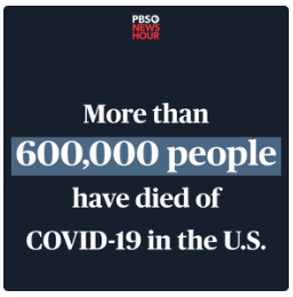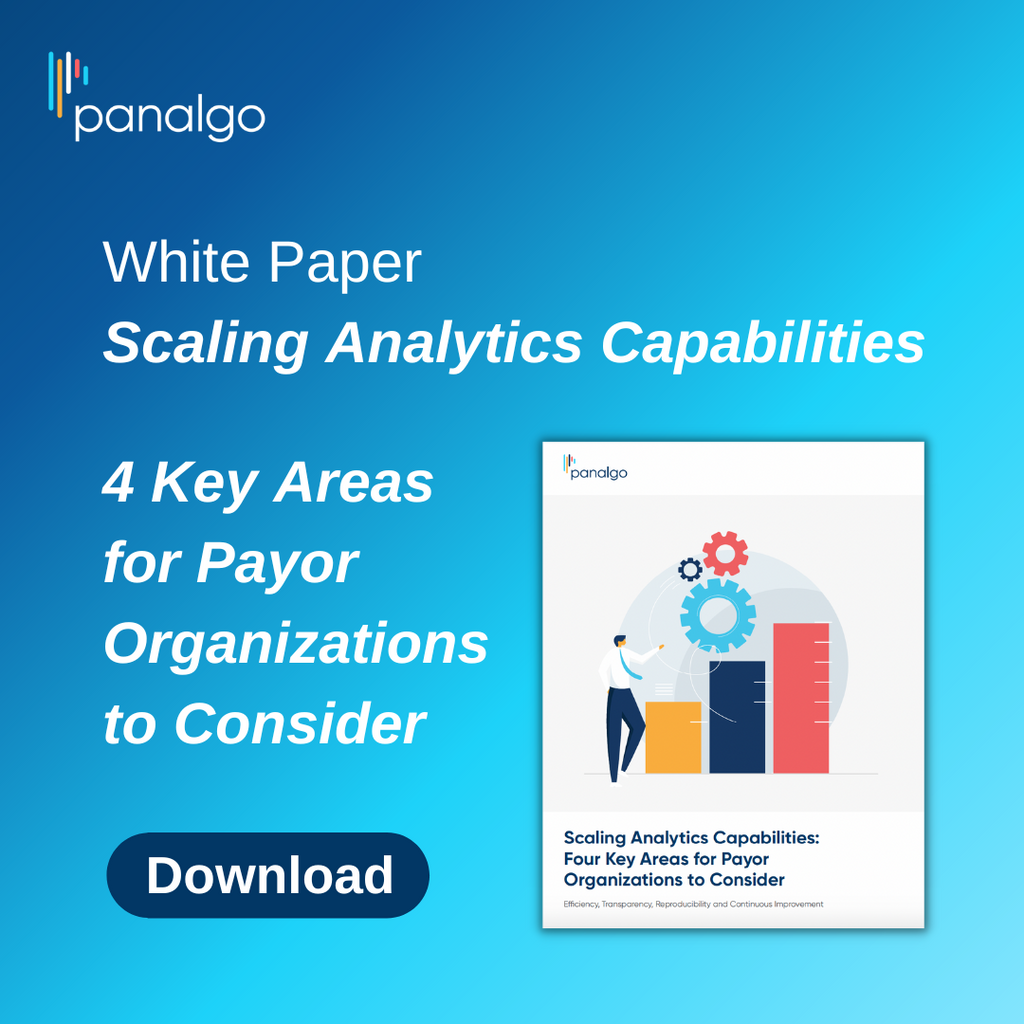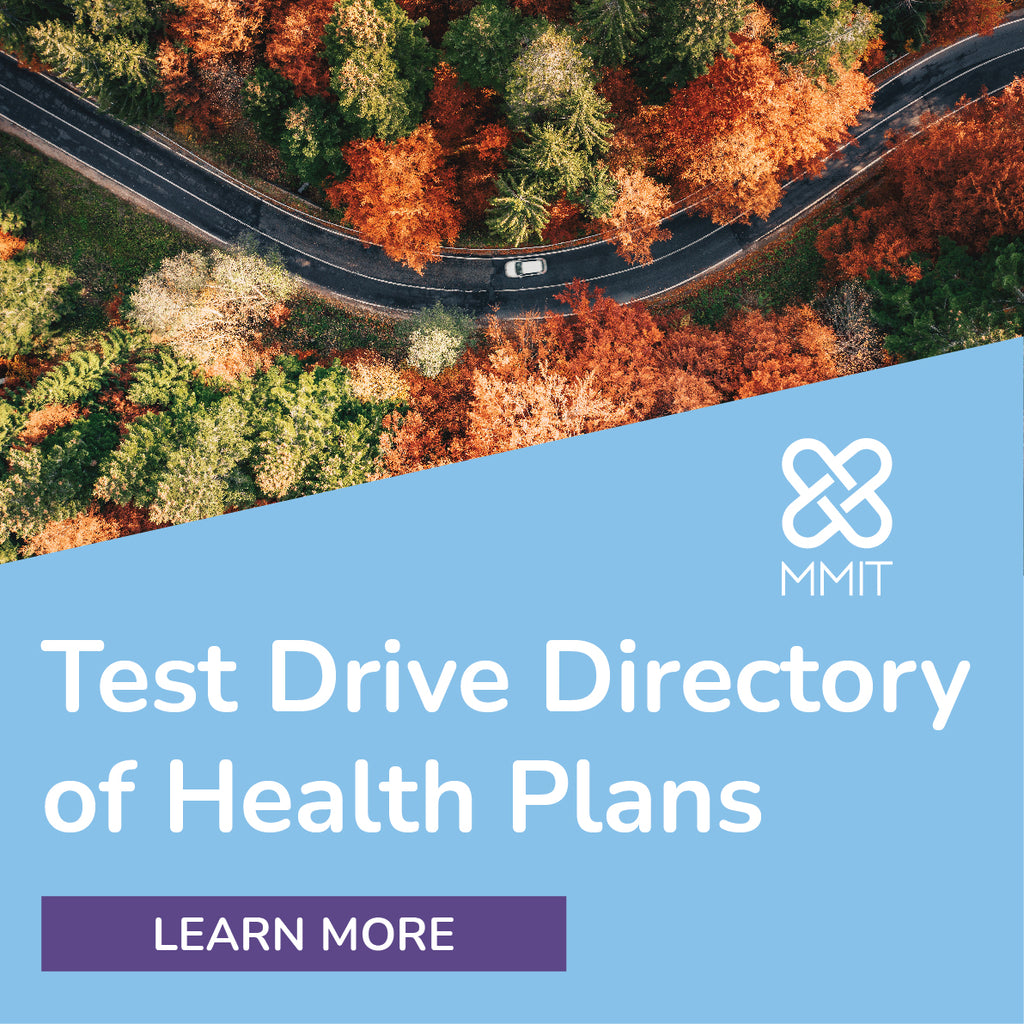Radar on Drug Benefits
-
News Briefs
✦ Documents that will be reviewed by an FDA panel on Dec. 10 conclude that Pfizer Inc.’s vaccine for the novel coronavirus offers meaningful protection against the virus within 10 days of initial dosing, tipping agency staff’s support for an emergency use authorization (EUA) of the vaccine. The Pfizer vaccine, which requires patients to be dosed twice, demonstrates “an estimated [vaccine efficacy] of 82% against confirmed COVID-19 occurring after Dose 1 of the 2-dose regimen, with [vaccine efficacy] of 52.4% between Dose 1 and Dose 2,” according to a briefing document. The same document’s executive summary concludes that “the efficacy, safety, and immunogenicity data in this EUA application” support a positive assessment of risk and benefit for the vaccine and meet the data requirements outlined in the EUA guidance. Read more at https://bit.ly/3n6KzFM.
✦ The Trump administration’s recent drug-pricing regulations have met roadblocks from both the pharmaceutical industry and the Canadian government. The Pharmaceutical Research and Manufacturers of America filed suits in federal courts that challenge a rule that allows the importation of drugs from Canada and another that will tie Medicare Part B prescription drug payments to an index of drug prices that other countries pay. The Canadian health minister, meanwhile, signed an order that limits bulk drug exports. Read about the suits at https://onphr.ma/3ozz5eb and https://onphr.ma/3gtWCdL and find the order at https://bit.ly/371nvCA.

-
Oral Alternatives to Injectables Still Face Stiff Competition
In its latest quarterly Drug Pipeline Insights Report, OptumRx includes a diverse array of medications that the UnitedHealth Group-owned PBM believes are likely to make a market impact when they’re approved by the FDA. One interesting trend that applies to three of the five highlighted drugs is the fact that each is the first oral option in its respective category.
While oral medications tend to be thought of as more convenient than injectable or IV-administered therapies, that factor alone may not confer as much of a competitive advantage as one might think, according to one OptumRx executive.

-
Specialty Drug Spending Continues to Rise, Driven by Higher Utilization
Per-member per-year (PMPY) specialty drug spending rose 13.6% from 2018 to 2019, according to Pharmaceutical Strategies Group’s annual report, which analyzed 45 million pharmacy claims and 54 million medical claims. Contributing to the growth was a 10.3% increase in utilization and a 3.3% rise in costs per claim. Specialty drug spending under the pharmacy benefit saw the largest increase, driven by 19.6% higher utilization of such therapies. In terms of overall cost, inflammatory disorders ranked No. 1 among all drug categories, followed by oncology and multiple sclerosis.
-
Medicaid Programs Face Gene and Cell Therapy ‘Hurricane’
Though cutting-edge gene and cell therapies can transform patients’ lives, they’ve strained pharmacy budgets across the health care sector, and state Medicaid programs are no exception. With dozens of such therapies likely to earn FDA approval in coming years, Medicaid administrators and policy experts are working out how best to control costs and manage risk.
Gene and cell therapies can have courses with costs in the millions of dollars for one patient. States’ Medicaid programs must cover all FDA-approved drugs, though manufacturers are required by law under the Medicaid Drug Rebate Program (MDRP) to provide Medicaid programs with the “best price” for prescription drugs — defined as the lowest available price to any wholesaler, retailer or provider, excluding certain government programs. Despite that offset, the increasing use of expensive therapies has had a dramatic effect on Medicaid budgets: in 2017, drugs costing more than $1,000 per claim accounted for 43.7% of all Medicaid drug spending, according to an opinion piece published in the Journal of the American Medical Association (JAMA) on Oct. 11.

-
Plans Step Up Use of Pharmacists in Direct Care, Data Analysis
Multiple insurers are increasing their use of pharmacists — both those they employ and pharmacists in retail settings — to help deliver care to hard-to-reach members who are at risk of poor health outcomes.
The programs, set up by health plans ranging from Highmark to L.A. Care Health Plan, intervene with patients at risk for conditions ranging from diabetes to opioid addiction. They use pharmacists in direct patient counseling, for medication therapy management and for data analysis, the plans say. Medicaid members are a particular target.












